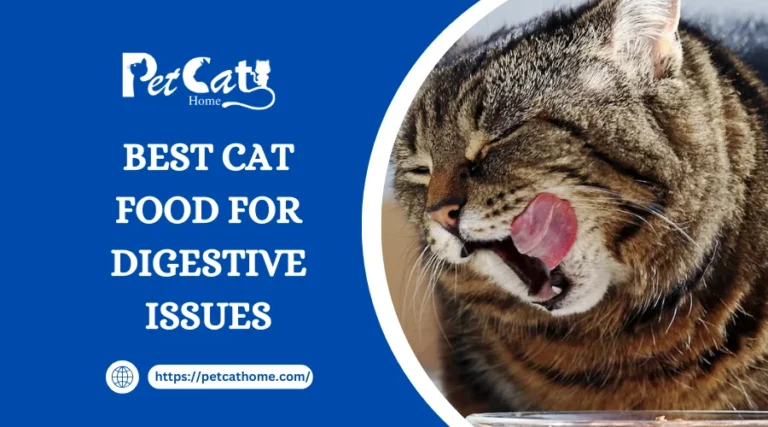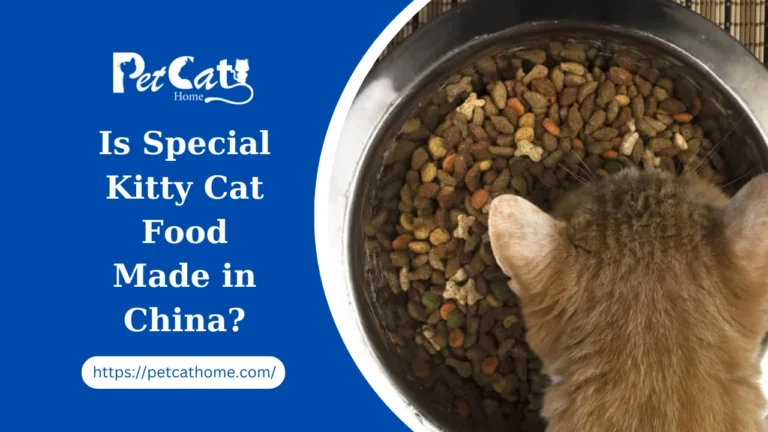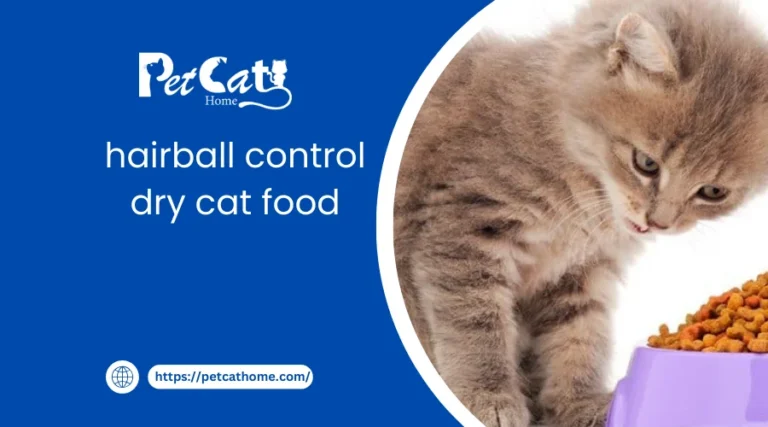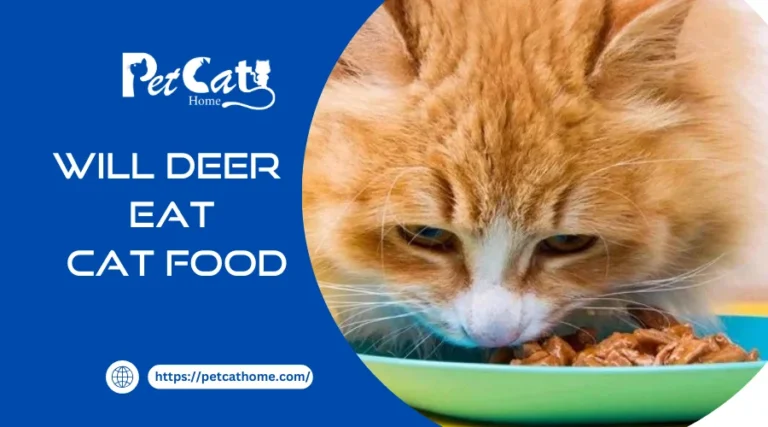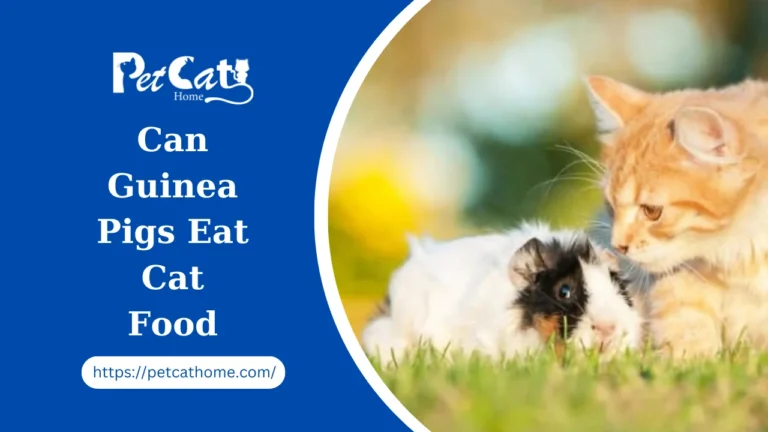What Did Cats Eat Before Cat Food?
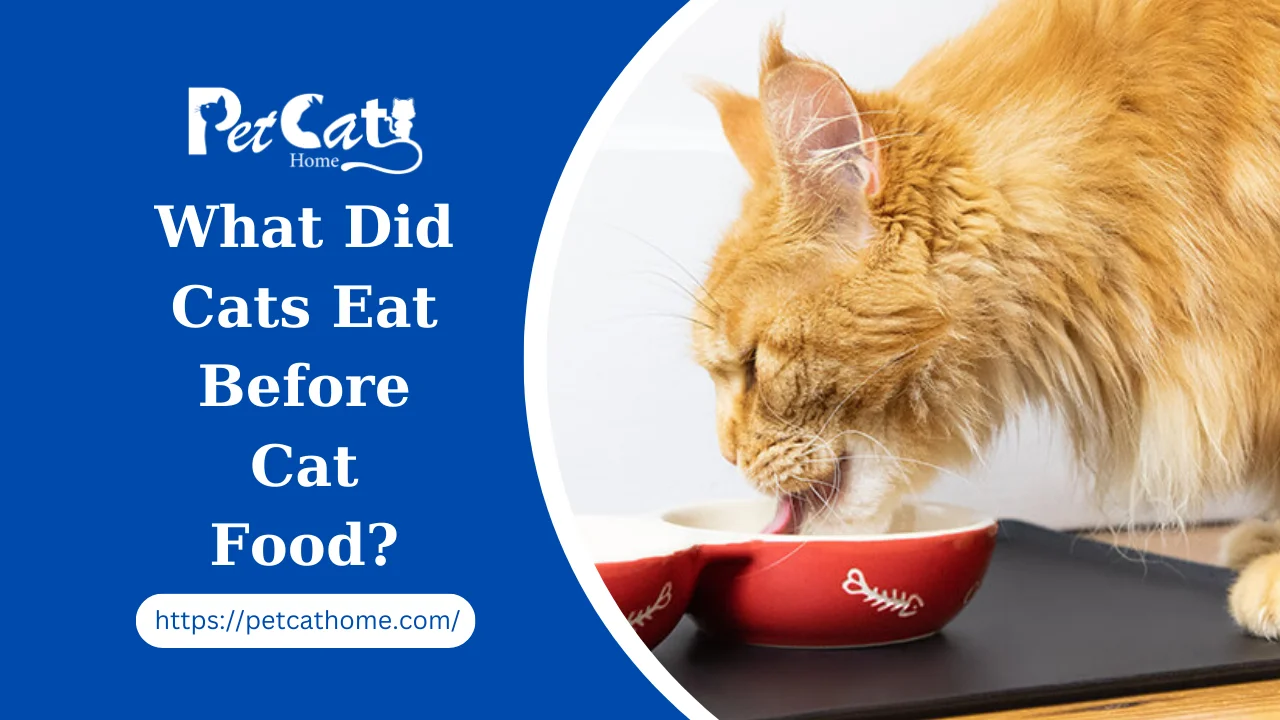
Are you intrigued by the mysterious past of our feline friends? Explore the exciting question: What did cats consume before cat food? as we delve deeply into the culinary history. Take a trip back in time to learn about the diets of prehistoric cats and how they compare to those of contemporary cats.
Ancient Feline Diets: The Origins of Cat Cuisine
Explore the ancestral meals of prehistoric cats and follow their lineage back to the wild. Over millennia, felines have evolved with their prey, influencing their food preferences. Examples of this include the stately lions of the savannah and the agile hunters lurking in ancient woodlands.
Hunting Instincts: Prowess in the Wild
Put yourself in the position of extinct feline hunters and learn the skill of hunting to get their next meal. Examine how their sharp senses and innate predatory behaviour led them to a variety of prey, including small rodents and feathered birds.
Adaptations to Carnivory: Nature’s Perfect Predators
Discover the anatomical modifications that prepared cats for a diet high in carnivorous foods. Each unique characteristic, such as their sophisticated dentition or razor-sharp claws, was essential to their remarkably effective prey capture, killing, and consumption.
Natural Diet Composition: A Balanced Feast
Discover the inside scoop of the cat’s natural diet, which is carefully curated by Mother Nature. Discover the complex interactions between proteins, lipids, and crucial nutrients that kept ancient cats healthy and vibrant.
Protein-rich Prey: The Cornerstone of Feline Nutrition
Savour the abundance of protein that decorated the ancient cats’ meals. Discover how these nutrient-dense organs and luscious meats gave cats the foundation for their overall health and vitality. These are primal sources of nourishment.
Fat for Fuel: Energizing Feline Metabolism
Learn how essential dietary lipids are for sustaining the metabolism of cats. Discover how these energy-dense foods, which range from nutrient-rich oils to highly sought-after pieces of fatty prey, helped cats survive periods of famine and ensured their survival in the wild.
Essential Nutrients: Nourishing the Feline Form
Discover the secrets of the key nutrients that are necessary for the health and well-being of cats. Explore the wide range of micronutrients that bolstered the diets of prehistoric cats, supporting everything from immune system function to bone health, from vitamin-rich guts to mineral-rich bones.
Cultural Influences: Cats and Human Civilization
Explore how cats and human civilization intertwined and how these fascinating animals grew to love and live in our homes. Cats have shaped human culture profoundly, from being beloved companions in contemporary homes to being worshipped deities in ancient Egypt.
Ancient Egypt: Feline Deities and Divine Guardians
Travel back in time to the era of the pharaohs and the pyramids, when cats were revered as sacred emblems of wealth and safety. Examine their high regard in ancient Egyptian culture, where they were adored as guards of the afterlife and as symbols of heavenly grace.
Medieval Europe: Cats as Pest Control Pioneers
Explore the busy streets of medieval Europe, where cats were renowned for their exceptional ability to catch rodents. Examine how their ability to manage rodent populations made them popular with humans and earned them a spot at fireplaces and inns throughout the continent.
Modern Cat Nutrition: Bridging Past and Present
See how cat nutrition has evolved, combining traditional knowledge with cutting-edge research to provide our cherished friends with the healthiest meals possible. Check out the plethora of options accessible to modern cat owners to make sure their furry pets flourish, from handmade treats to luxury cat food.
Premium Cat Foods: Nutritionally Complete and Irresistibly Delicious
Enjoy the variety of high-quality cat foods that are specially formulated to fulfil your feline friends’ specific dietary requirements. Discover how these carefully planned diets provide cats with a sense of luxury and a plethora of health benefits, from protein-rich recipes to grain-free formulae.
What Did Cats Eat Before They Were Domesticated?
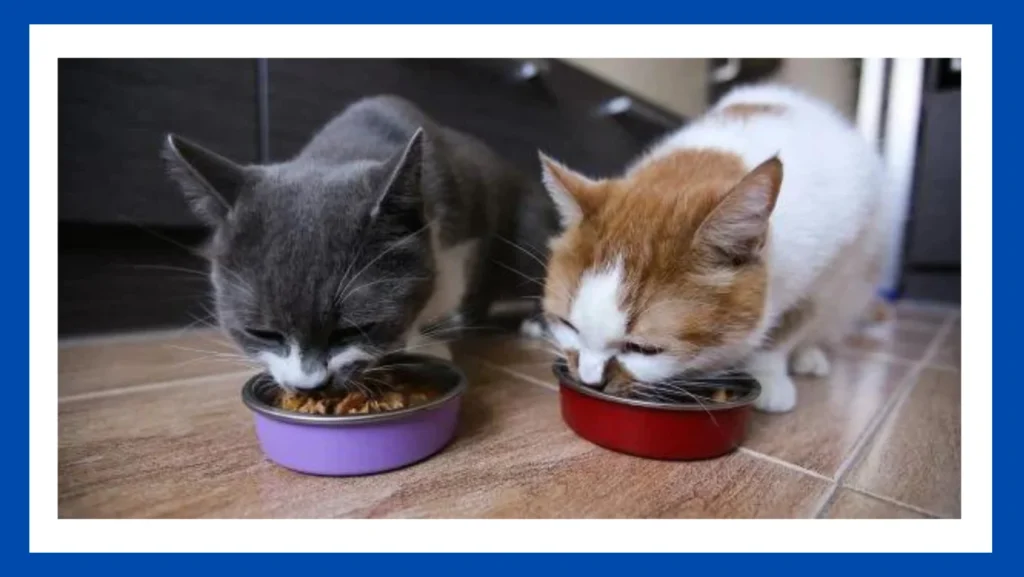
All of our tiny cats come from a long line of felines, and unlike dogs, they are all obligate carnivores, which means they can only thrive on a diet high in meat.
“Cats evolved as hunters that consume prey that contains high amounts of protein, moderate amounts of fat, and a minimal amount of carbohydrates, and their diet still requires these general proportions today,” according to the Cornell Feline Health Center.
Feral cats would have to hunt to obtain a balanced diet that also needed to include fats and oils, minerals, and vitamins, before the invention of processed meals and any other kind of human assistance. They were dependent on smaller prey such as birds, rodents, and some reptiles due to their small size. Cats had to learn quick hunting techniques since they were both predators and prey. They could catch and carry smaller prey more easily, and they could consume it whole without leaving any trail for other cats or predators to follow.
What Did Cats Eat Before Cat Food?
Even though the majority of domesticated cats worldwide enjoy daily companionship with their owners, these cuddly animals were formerly wild and free. If cats were any different from other animals, they might contribute very little or nothing to human existence, hence there would be no reason for humans to domesticate them. It is evident that cats had the final say in the matter, and over 10,000 years ago, they chose to integrate into our civilization.
Claudio Ottoni, a researcher at the University of Leuven, claims that mice and rats were drawn to the crops and other agricultural waste products that human civilizations created. Cats most likely followed the rodent populations, which in turn led them to frequently approach populated areas. It is not surprising that they ascended to a godlike stature in Egypt because of their prowess in hunting cats, which allowed others to recognize their worth.
Cats were brought on board ships as mixers throughout their domestication, and as the ships sailed the globe, the cats started to assert their territorial claims. Cats were doing okay at the time, even before commercial cat food was created. Even though some cat owners fed their pets leftover meat and food scraps that people wouldn’t eat, cats still mostly depended on their hunting abilities to keep pests out of farms and homes.
Even contemporary studies on house cats living in freedom have demonstrated that fed cats hunt wherever they happen to be. In both urban and rural settings, rodents were the most prevalent prey; however, in the former, cats were more likely to kill shrews and reptiles, whereas birds (mostly Pigeons and sparrows) were more prevalent in urban areas.
When Was Commercial Cat Food Developed?
Cats have relied on rodents and mice for their primary food source throughout the majority of their lives, even after being domesticated. However, at some point, things started to change, and cat owners were content to switch to cat food.
The First Commercial Cat Food
Cat perception started to change far earlier than the year 1860 when American entrepreneur James Spratt marketed the first commercial pet food. Beginning in the middle of the 1800s, some people in London began to view cats more as pets than as rodent killers, which led to the emergence of a company known as “cat’s meat men.”
The Evolution Of Commercial Cat Food
It wasn’t until the early 1900s that dog and cat food became widely available, even though James Spratt, the creator of canned pet food, was primarily purchasing it for those who could afford to treat their animals to specialized diets. Since cats could still hunt and obtain sustenance from the outer world, dog food was already leading the pet food market even back then. It is also likely that because cats were little, leftovers were easier to feed to them.
Pet foods were labelled as “non-essential” during World War II because metal was required to make weapons. Since canned food was unavailable, cats continued to survive on their hunting prowess and the little table leftovers, while those with more money spent it on dry pet food. Pet food became more and more popular after the war as the economy started to recover. Pet meals “originated from animal feedstuffs based on nutrition that were manufactured for livestock,” according to a study.
Cat food was developed gradually by companies like Purina Mills, Spillers, and Friskies. Veterinarians and nutritionists started constantly observing our feline friends throughout time to ascertain the best food for them. As organizations like the Food and Drug Administration (FDA), the Federal Food, Drug, and Cosmetic Act (FFDCA), and the Association of Americans Feed Control Officials (AAFCO) started to regulate pet foods, health and safety became a significant component of pet foods.
It’s crucial to discuss the influence of cat owners as well. As humans became more conscious of the needs of their feline friends, even the knowledge that human food may be poisonous to cats was a step in the right direction for improved cat nutrition.
Commercial Cat Food Types
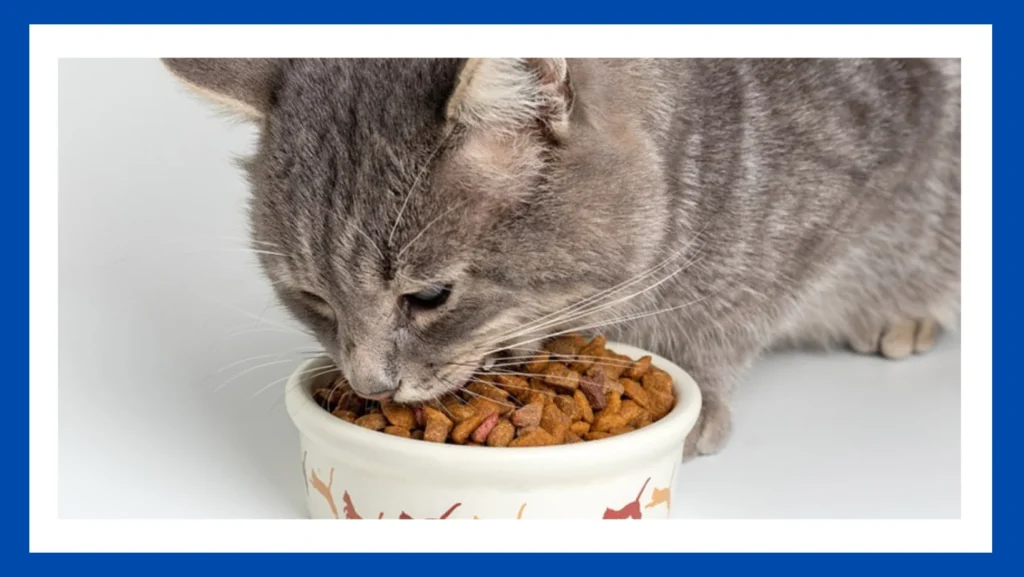
Cat food has not always been available and hasn’t always been the same. Pet food products were initially intended for dogs because it was thought that cats could survive on their own. Cats may now eat semi-moist, tinned, and dry food. However, things weren’t always this way, and it took a long time for businesses to improve cat food and produce kinds made for particular purposes, such as cat food that helps with shedding or renal cat food that provides support for the kidneys.
Cans contained the very first commercial cat food to be released onto the market. In the 1950s, Purina Mills—possibly the biggest and oldest pet brand—introduced canned cat food. At about the same time, kibbled dry food—which comes in any shape—began to be sold, and it has remained the most widely used pet food option ever since. The world’s first 100% perfectly balanced dry cat food was introduced by Purina in 1975, but they were also the first to add taurine—an essential amino acid for cats—to dry cat food in 1961.
Veterinarians now advise against using semi-moist cat food, stating that it “generally contains more sugar and salt than either dry or canned cat food.” Not every cat should eat semi-moistened food due to the added sugar and salt. So maybe it should be saved for special occasions!
What Are The Modern Alternatives To Commercial Cat Food?
It’s incredible how cat parents’ affection, vets’ concern, and food experts’ expertise have inspired corporations to develop better cat food products. It’s crucial to note, nevertheless, that not all cat products live up to the same expectations.
Because there is so much choice, some consumers prefer quantity above quality, or they are unsure which brand is superior. Individuals started searching for alternatives since they believed that commercial cat foods weren’t up to par.
Raw Meat and Freeze-Dried Cat Foods
Many individuals are reevaluating what they eat, and consequently what their pets consume, as a result of the desire for a natural and handmade lifestyle. Some felt that feeding their cats a homemade diet consisting primarily of raw meat—beef, pork, chicken, fish, and eggs—was more natural than giving their cats store-bought, manufactured cat food.
However, it’s a contentious topic and maybe a very hard process.
Studies indicate that there is a risk of cross-contamination when opting for a raw meat diet, even if it can be beneficial if done carefully and correctly. They clarify that “raw food poses a substantial risk of infectious illnesses to the pet, the pet’s environment, and the humans in the household.”
Research has demonstrated that uncooked food can harbour bacteria, particularly Salmonella. Furthermore, according to a different 2019 study, “such as calcium/phosphorous ratios and specific vitamin deficiencies,” there appears to be a nutritional issue with such diets.
There are commercial raw frozen and commercial raw freeze-dried raw beef diets available; however, certain brands may pose a risk due to infections. Since some bacteria may remain after the meat is frozen or dried. The American Veterinary Medical Association and the FDA have both issued comments warning cat owners not to give their pets animal-source protein that is raw or undercooked due to potential health hazards.
If done properly, a raw beef diet can be implemented with research and expert direction. Additionally, several solutions attempt to balance commercial foods and a strictly raw diet. For instance, the dry kibble of Instinct Original High Protein Cat Food, which you can get on Amazon, has been coated with freeze-dried raw food. Although it’s still not quite the same as eating only raw food, at least it recognizes your cat’s untamed nature!
While it’s true that we have a wide range of options and a wealth of resources when it comes to cat food these days, I believe that to make the best choice for our pets’ health, we should always seek the counsel of a veterinarian. Food is necessary for a healthy weight, strong bones, a glossy coat, and even to fend against medical issues! If you’re still unsure whether your furry friend is eating the correct foods, get professional assistance. Keep in mind that even the pickiest eaters can choose healthy foods!
The Rise And Rise Of Commercial Cat Foods
The 1850s saw the beginning of the commercial cat food industry. People stopped practising home and small-scale farming, which prevented them from growing or storing food. This implied that rodents retreated from trespassing into human food reserves.
As a result, cats were deficient in the nutrients that rodents provided. This circumstance forced companies to think about producing pet foods. Businessman James Spratt participated in the early attempts to produce pet food in 1860. He created the original dog biscuit recipe.
Cat food was not commercialized until the 1930s. Meat shortages and rationing occurred during World War II. People therefore began to consider creating dry feeds for pets. Pet food was added to the list of deliverables by companies that produced human food in the post-war era. The extrusion process was introduced by Purina, a pet food firm. This was created to lessen the difficulties pet owners encountered when providing food for their animals.
People chose to give up growing and storing food entirely when the pets and food for humans. industries took off; they weren’t forced to. To obtain the ingredients for their lunch, one had to travel to the supermarket and proceed down the aisle.
People began to become more aware of the nutritional needs of pets in the 1960s. Experts cautioned pet owners against giving their animals leftovers and leftover food scraps. To determine the ideal diet for pet growth, nutritionists and veterinarians delved further into the subtleties of pet food. When these professionals gained recognition, the following organizations took up the task of regulating pet food:
- The FDA, or the Food and Drug Administration
2. The FFDCA, or Federal Food, Drug, and Cosmetic Act)
3. The AAFCO, or the Association of American Feed Control Officials
You will read about the specifics of cat food in this long post. Pet owners have so many options for cat food these days that it could even overwhelm the parents.
What Did Cats Eat Before Cat Food?
FAQs
Before cat food became popular, what did cats eat?
Cats generally survived on raw flesh, small rodents, birds, and other wildlife they killed in the wild before commercial cat food was introduced.
Is it possible to feed my cat a diet that resembles that of their ancestors?
While some aspects of natural cat food can be duplicated, it’s crucial to speak with a veterinarian to make sure your cat is getting enough nourishment.
Are there any dangers involved in giving raw food to cats?
There are possible hazards associated with feeding cats raw food, such as nutritional imbalances and bacterial contamination. You must handle raw meat with caution and see a veterinarian before implementing any dietary adjustments.
How have the diets of ancient felines changed from those of modern cats?
To satisfy the dietary requirements of domestic cats, modern cat food has developed, combining the right amounts of lipids, proteins, vitamins, and minerals to promote overall health and well-being.
Conclusion
We’ve set out on a historical adventure to explore the ancient diets of our feline friends and their continuing impact on contemporary cat nutrition as we unravel the gastronomic history of cats.
Cats have captured our hearts and palates, reminding us of the everlasting relationship between humans and felines, from the primordial impulses of the wild to the comforts of home. The next time you wonder, “What did cats eat before cat food?” keep in mind the diverse range of tastes and customs that have influenced the gastronomic heritage of our feline companions.
